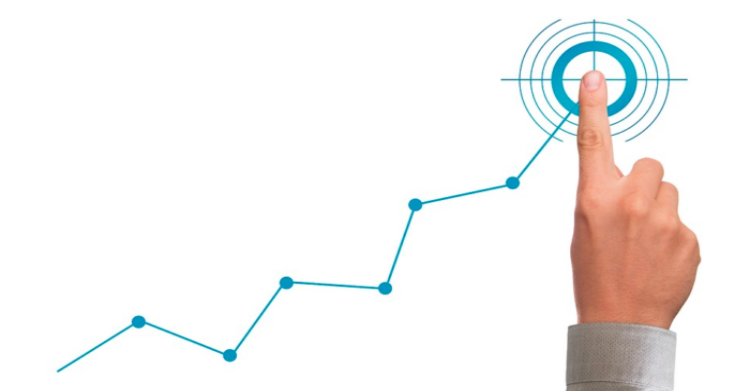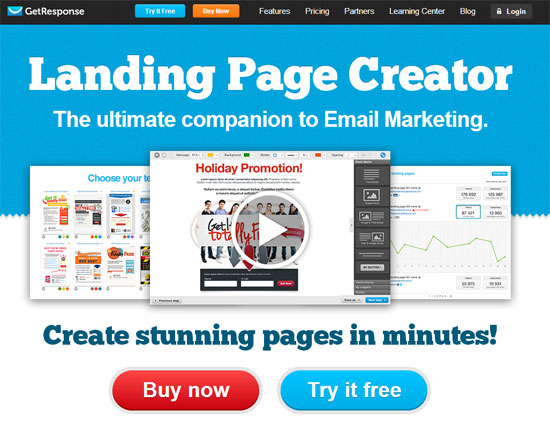There is no doubt that the pandemic has created a challenging business environment for most B2B businesses. However, when things are not as busy as usual, there is an opportunity to do some housekeeping and improve certain business processes. One of the best ways in which B2B businesses can use this downtime is by investing in a conversion rate optimization program.
Conversion rate optimization can benefit your performance regardless of which channels you are using to drive traffic to your website. Whether you are working with an SEO agency to drive traffic via organic search or investing in PPC ads via Google, Facebook or LinkedIn, working on your website conversion rate optimization will pay dividends, if you do it correctly.
In this article, we’re going to look at some of the top things that B2B businesses can do to improve their conversion rates.
Research your audience thoroughly

The first thing you need to do is to research your audience thoroughly. This doesn’t just mean researching the audience that you are already familiar with on your own website or through your own digital properties but also finding them elsewhere online. Your audience might be speaking about their pain points on industry forums.
Your audience might be talking about their experiences, good or bad with your competitors on Twitter. They may be posting on LinkedIn about some challenges that they’ve been facing. Or a particular problem that they’re trying to solve.
These are all rich sources of information for you to capture your audience. And also you will be able to learn the words and terminology that they use in their day-to-day life to describe the problems that they are facing so that when you produce website copy yourself, you can address them in their own language.
Doing this research upfront might take a little bit of work. However, it is definitely worth it in terms of the results that it can offer in improving your conversion rates.
Ensure your tracking is set up correctly

The next thing to do is to ensure that your tracking is set up correctly. This may sound like a very obvious step. However, you would be surprised to know how many B2B businesses don’t get this fundamental right. You might be using third-party analytics software, such as Google Analytics. You want to make sure that your user profiles are set up correctly.
That bot traffic or your own company employees’ traffic is being excluded correctly from your reports. There are several other elements that you need to ensure are set up correctly to make sure you’re getting the most out of your analytics software.
Learn from your existing users’ behavior
The next thing that you need to do is to analyse your existing users’ behaviour. Using a tool such as Google Analytics or Hotjar, you will be able to understand the journey that your users are going on once they arrive on your website. You will be able to see not only the landing pages via which they arrive on your website but also what they do once they arrive on your website.
You can drill down to a landing page level. Or you can see their overall journey between different pages. This analysis can give you a rich set of insights. You’ll learn which pieces of copy are working well to convert your users. And which pieces of copy are perhaps being overlooked.
You’ll be able to see if a particular call to action that may be driving leads through a form, or encouraging users to submit their details in exchange for a piece of content, is working correctly. And you will find improvement opportunities.
Match ad copy to landing pages
Another thing for businesses to consider is to ensure that their ad copy from PPC ads matches what is being actually offered on the landing pages. Consistency is key here, not just from a user experience perspective, but also in terms of Google’s natural search algorithm, as well as quality score when it comes to PPC ads.
When you think about it, if a user has used a particular keyword to search on Google, it only makes sense that they need the reassurance that the page on which they’ve landed addresses their query. And the best way of doing that in the shortest amount of time possible is by using the same keywords that they have searched for in the search engine in the copy of your landing page.
Segment your audiences and prioritize actions
The next thing to consider is audience segmentation. Not every user that arrives on your website is going to take the same actions or need the same level of followup from your sales and marketing teams to convert them into a customer or take an action that you want them to take.

You can learn a lot about your audiences by observing their on-site behaviour as we have already talked about, and also looking at other bits of data such as where they’re coming from geographically, which browsers they’re using, what time of day they arrived at your website, etc.
By segmenting users in this way, you will be able to segment the follow-up actions as well. So, for example, you may have somebody that has viewed three pages but bounced off your website before submitting a lead form. It may just be that they got tired or bored or distracted or found the form to be too overwhelming.
One of the ways in which you could use audience segmentation in this scenario is by creating a retargeting list of people who have bounced off your website at that late stage. And then save their pre-filled form data and email them or find them on Facebook or Google or whatever targeting platform you want to use, and encourage them to come back to your website and simply fill out the remaining part of the form.
They will often be pleasantly surprised by the convenience being offered to them. And you may be able to turn a prospect who has bounced off your website into a paying customer.
Summary
In summary, while these are definitely challenging times for B2B businesses, there are still many opportunities to improve business processes while the world ‘resets’. One of the best ways of spending this ‘downtime’ is by focusing on conversion rate optimisation.
Through a combination of audience research, onsite user behavior analysis and mindful testing of individual variables, you can improve the user experience on your website and ultimately improve your bottom line.



